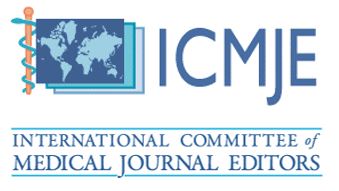Marching Forward with Mirabegron: A Novel Treatment Option for Neurogenic Detrusor Overactivity in Traumatic Spinal Cord Injury
DOI:
https://doi.org/10.51200/bjms.vi1.3749Keywords:
mirabegron, neurogenic detrusor overactivity, spinal cord injuryAbstract
Background and aim: Anticholinergics such as tolterodine are notorious for their intolerability. Besides the commonly encountered side effects such as dry mouth and constipation, the medication has been shown to instigate cognitive impairment in the elderly population. In recent years, mirabegron, more commercially known as Betmiga, has garnered attention as an alternative to anticholinergics in treating Overactive Bladder (OAB) for its better tolerability and comparable efficacy. However, its usage in treating Neurogenic Detrusor Overactivity (NDO) is almost unheard of in rehabilitation. We present a case of young traumatic paraplegia who has been successfully treated with mirabegron. Methods: A 21-year-old man was transferred to the rehabilitation ward in August 2019. He had sustained a traumatic burst fracture of the T8 vertebra resulting in T8 complete paraplegia. He had multiple impairments, including neurogenic bladder, neurogenic bowel, and lower limb spasm. Single-channel cystometry was performed during the admission revealed a high-pressure bladder with poor compliance. He soon was started on tolterodine which subsequently worsened constipation, leading to autonomic dysreflexia. We switched to propiverine, the next available anticholinergic in our setting. Unfortunately, it perpetuated constipation and autonomic dysreflexia. The plan to remove the urinary catheter was abandoned. He was admitted for the second time in February 2020 for self-catheterisation training. Results: We started him on mirabegron 25 mg daily and trained him in self-catheterisation. The incontinence episodes reduced gradually, albeit not entirely. Therefore, we decided to optimise the dosage to 50 mg one month later, following which he no longer suffers leaking urine episodes. He tolerated the medication well without disturbance in the bowel routine and was free of autonomic dysreflexia ever since on mirabegron. Conclusion: Mirabegron is a promising treatment option in neurogenic bladder management. Marching forward, we should consider this novel avenue, especially in patients with sensitivity to anticholinergics.
Downloads
Published
How to Cite
Issue
Section
License
All articles are published under the Creative Commons Attribution-NonCommercial (CC BY-NC 4.0) license, enabling users to read, download, copy, distribute, and adapt the material for non-commercial purposes, provided proper credit is given to the original authors and the source. This model supports transparency, accessibility, and the global exchange of medical knowledge.








1.png)





